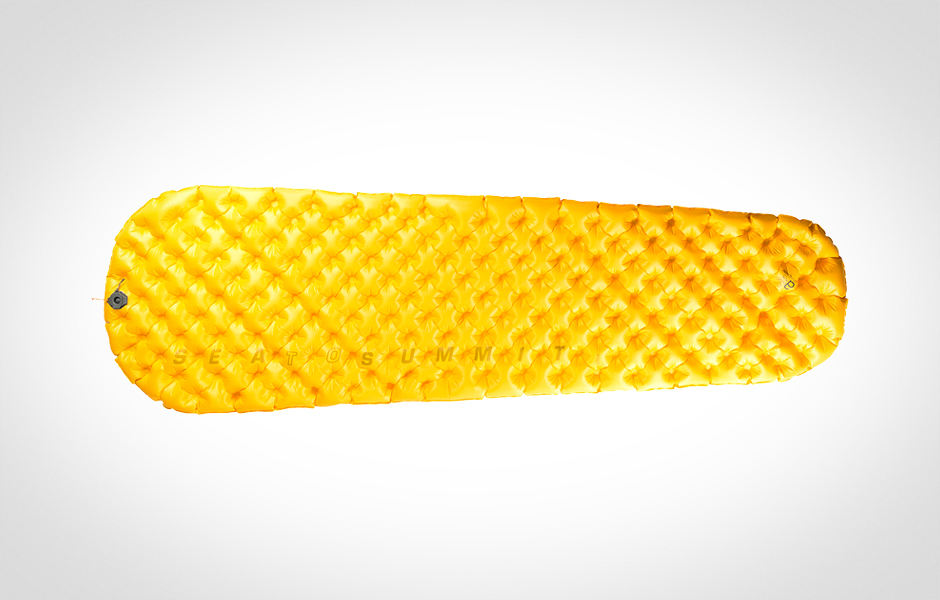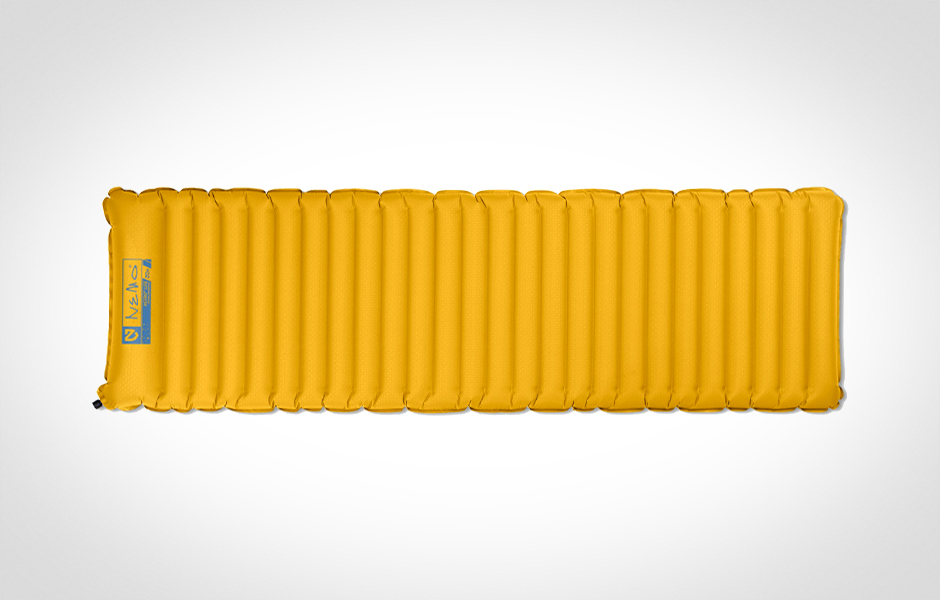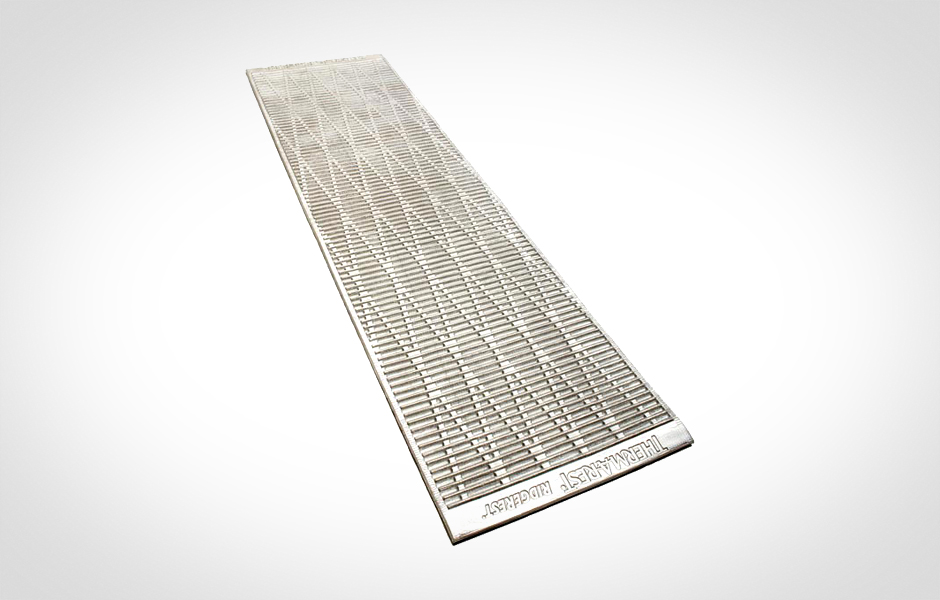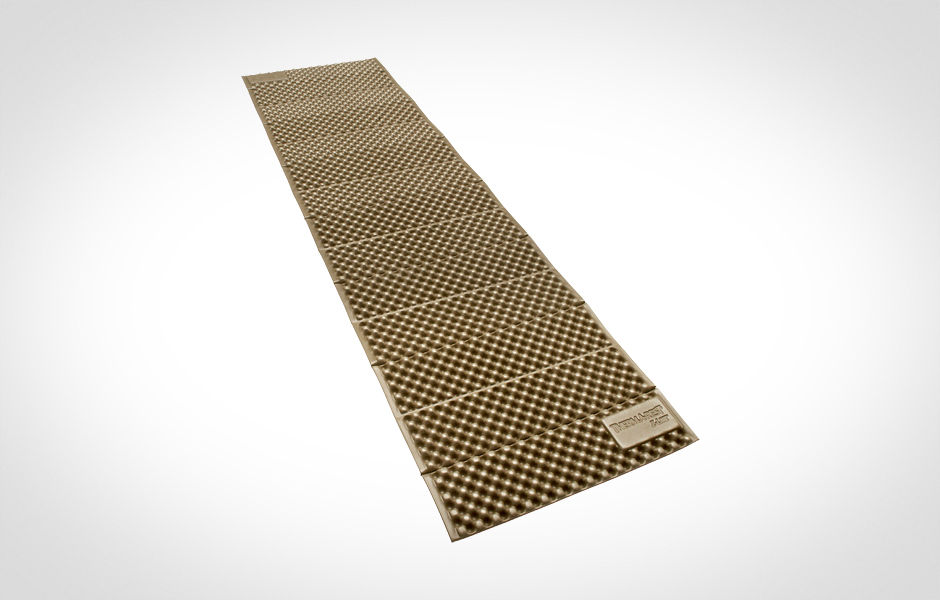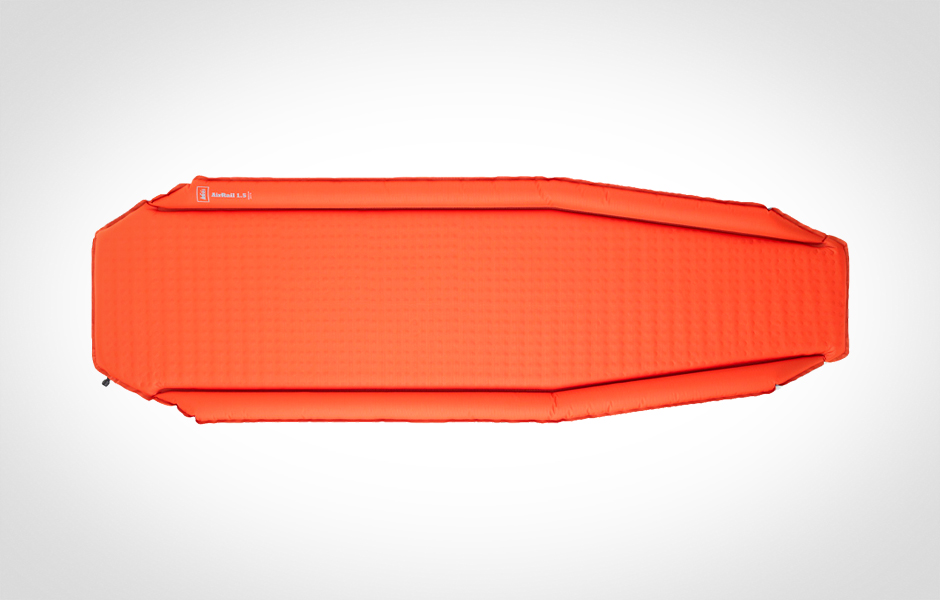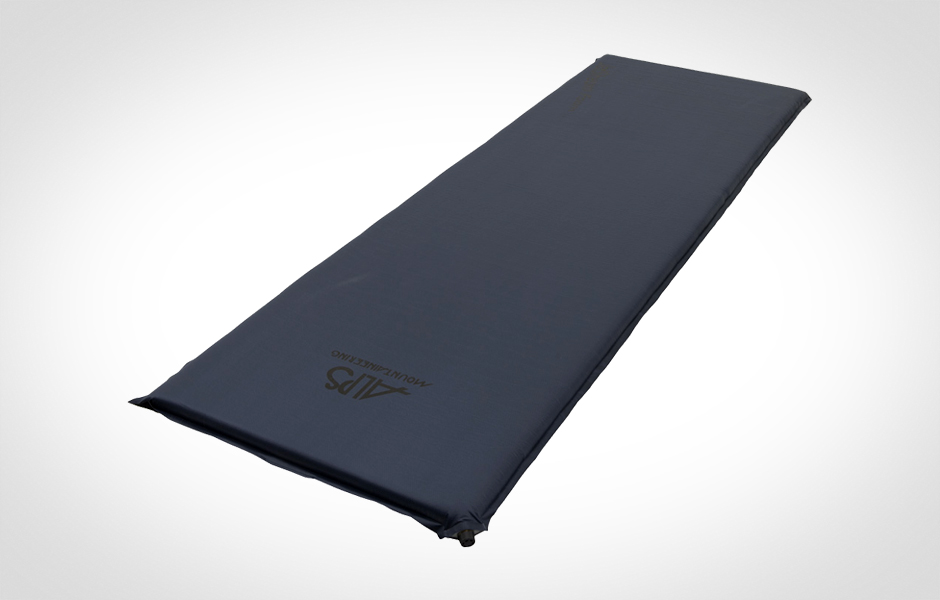- 1. Sea to Summit UltraLight Mat
- 2. Nemo Astro Insulated Light
- 3. Therm-a-Rest RidgeRest SOlite
- 4. Therm-a-Rest Z Lite Sole
- 5. REI AirRail 1.5
- 6. ALPS Lightweight Air
Man isn’t meant to stay indoors — our weekly “Trekking” column can attest to that. It’s a column dedicated to the adventurer inside of all of us, the one pining to ditch the office humdrum for a quick surf session or seven-week jaunt in the Grand Tetons. One day we may highlight an ultra-light stove and the next a set of handmade canoe paddles. Life doesn’t just happen inside the workplace, so get outside and live it.
There is something to be said about the sheer amount of comfort afforded by a quality air mattress. Nonetheless, lugging an enormous piece of inflatable plastic that’s as big as your king-size mattress at home just isn’t practical when you’re doing anything more intensive than car camping. Nonetheless, you shouldn’t just opt for any old sleeping pad if you can help it. The right pad should provide proper cushioning and insulation against the cold ground below, without packing on excess weight or being overly cumbersome in size. There’s a host of viable options on the market — specifically air, foam, and self-inflating pads — each of which comes baked with its own set of perks and setbacks dependent on your specific sleeping style and preference. Fortunately for you, we’ve outlined the pros and cons of each type of sleeping pad, complete with our personal recommendations. Laying your head down on the trail is rarely as easy.
Related: Our favorite backpacking flasks, Pack it in: Winter Camping
The air pad
By and large, the traditional air pad is the most common offering you’re likely encounter when shopping for the right piece of equipment. The bulk of them provide lightweight protection and comfort, often paired with reflective materials or insulation for an added bit of warmth in colder environments. You must manually inflate each, either using your mouth or a hand pump, but their air-centric design also leaves them more susceptible than foam pads to the occasional bout of bad luck. Simply put, an unforeseen stick or rock has the ability to puncture the exterior if you’re not careful.
Suggestions:
Sea to Summit UltraLight Mat ($130)

A pad aimed toward ultra-light backpackers, the aptly-titled UltraLight Mat is still one of the best all-around offerings available. The pad is quick to inflate using the one-way valve, and moreover, revels in 40D rip-stop nylon designed to keep weight to a minimum without compromising durability. It also conveniently comes with a stellar stuff sack and repair kit in case of emergency.
Nemo Astro Insulated Light ($130)

Nemo’s flagship pad isn’t flashy, but touts 3 inches of cushioning and a raised baffle at the head that helps supplement your pillow when laying down. It’s constructed of 20D polyester ripstop, too, and features lofted insulation suitable for temperatures as low as 15 degrees Fahrenheit. The airtight, polyester fabric only adds to its longevity while keep the pad at just over a pound.
The closed-cell foam pad
The inexpensive, foam sleeping pad of yesterday has been around for generations — and rightly so. The basic camping pads are made of a dense foam lined with small, closed-air cells, which renders their design one of the lightest and most rugged of any pad available. Although they tend to be bulkier and less comfortable than their inflatable counterparts given their stiff build, they also remain usable if punctured and do a phenomenal job of wicking water when exposed to a bout of rain. Additionally, many foam pads offer a reflective layer designed to help with additional insulation in the wild.
Suggestions:
Therm-a-Rest RidgeRest SOlite ($40)

Therm-a-Rest is the household name when it comes to sleeping pads. The sleek RidgeRest SOlite offers a pattern of ridges and valleys designed to trap dead air, sure, but its the pad’s aluminized surface that truly increases its insulation value. At a mere 14 ounces, the standard model is also incredibly light, while the larger offering only tacks on 5 additional ounces if you have a longer frame.
Therm-a-Rest Z Lite Sole ($45)

It doesn’t get more basic than the Z Lite Sole. The compact pad showcases an accordion-style shape and heat-trapping dimples, along with the same aluminized surface as the aforementioned RidgeRest, allowing it to better capture radiant heat and increase your overall warmth on the trail. Furthermore, the bottom layer of foam is denser than that of the top, adding to its durability.
The self-inflating pad
The difference between air pads and self-inflating pads is slim, but important. The latter option, which is often the most expensive type of pad on the market, makes use of clever combination of open-cell foam insulation and air. The pads automatically inflate when you open their valve — though, you may need to manually inflate them to research your desired firmness — allowing you to set up your sleeping quarters with less time than afforded by your typical air pad. Moreover, they excel in terms of insulation, so long as you don’t mind the extra weight and running the risk of an puncture.
Suggestions:
REI AirRail 1.5 ($90)

Not all REI-produced gear is fantastic. The AirRail 1.5 is, though, offering a hybrid design that combines an insulated-foam center panel with large air tubes to keep you from rolling off in your sleep. The 75-denier polyester panels also exhibit a nonslip surface, while curbing inevitable wear alongside the welded seams. The high-flow valves and tapered design just add to appeal.
ALPS Lightweight Air ($60)

The lesser-known ALPS Lightweight Air isn’t the most eye-catching, but it is one of the most functional given the jet stream foam. The pad inflates quickly and sports non-corrosive brass valves, along with a ripstop top fabric for comfort and a polyester taffeta bottom for durability. Each pad even comes with a stuff sack, compression straps, and a repair kit should you need it in a pinch.
